Service Centers
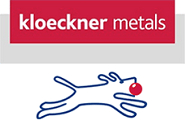
Klöckner: Surging Prices Boost Record Profits in Q3
Written by David Schollaert
November 4, 2021
Klöckner & Co. SE posted record results in the third quarter, outperforming a previous record in the second. The company also delivered its highest quarterly operating income since its IPO in 2006. Klöckner credited the unparalleled third-quarter results to “considerably higher” selling prices.
The Duisburg, Germany-based service center, which has significant operations in the U.S., anticipated even better results in the fourth quarter and has issued record-breaking earnings guidance of between €680 million ($785 million) for the full year.
![]() Following profits of €215 million ($252 million) in Q2, the third-quarter net income surged to €540 million ($623 million) on total sales of €2.04 billion ($2.77 billion), or more than double year-ago sales results.
Following profits of €215 million ($252 million) in Q2, the third-quarter net income surged to €540 million ($623 million) on total sales of €2.04 billion ($2.77 billion), or more than double year-ago sales results.
Shipments in the third quarter of this year were 1.19 million tons, 8.5% lower than Q2’s 1.30 million tons, and 4.1% below the 1.24 million tons shipped in the third quarter of 2020. Despite lower overall shipments sequentially and year on year, there is an “exceptionally positive price trend” in the U.S. and in Europe, Klöckner said.
“The fact that we are once again able to present record earnings shows that we have set the right strategic course,” said Guido Kerkhoff, Klöckner’s CEO. “We continue to work systematically to accommodate customer and societal needs. As a case in point, with our recent partnership with H2 Green Steel, we have secured early access to ‘green steel’ for our customers and are developing into a pioneer of the sustainable steel industry.”
Klöckner’s U.S. segment posted net earnings of €146 million ($169 million) in the third quarter, a 9.0% increase from second quarter results and a huge increase from a pandemic-driven €7 million ($8.1 million) in the third quarter of 2020. U.S. sales were up 95% in the third quarter year on year at €1.01 billion ($1.16 billion) on shipments of 609,000 tons, a1.7% increase from third-quarter 2020.
Klöckner said the company’s sales were driven by the U.S. market, which accounts for 40% of total sales. Flat products were 45% of sales. U.S. operations remain a strategic growth target, and Klöckner anticipates overall reginal growth of 8-12% in 2022.
Digital sales also grew. Roughly 46% of sales in the third quarter came via digital channels, up 4% from the same quarter last year, Klöckner said.
The company’s digital assistant, kloeckner.i, which is driven by artificial intelligence, has processed more than €750 million ($866 million) in sales year-to-date. And XOM Materials, Klöckner’s electronic procurement platform, accounted for 80% of total product sales year-to-date, the company said.
Klöckner & Co is one of the largest producer-independent distributors of steel and metal products in the world with a distribution and service network of around 140 locations in 13 countries.
By David Schollaert, David@SteelMarketUpdate.com

David Schollaert
Read more from David SchollaertLatest in Service Centers
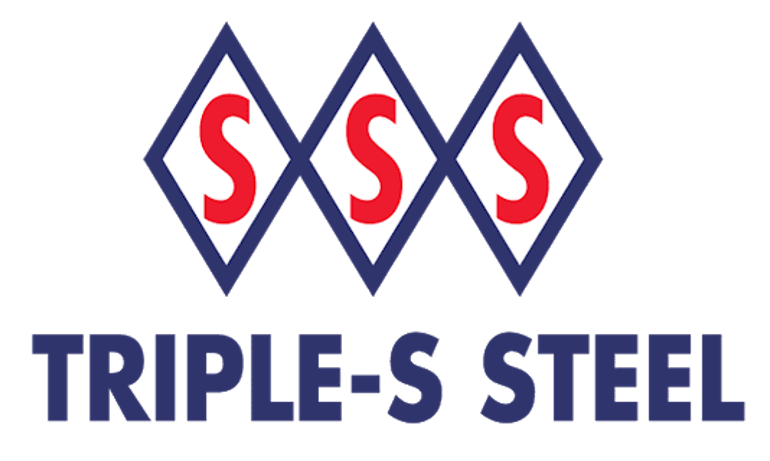
Triple-S closes on American Stainless Tubing buy
Triple-S Steel Holdings has closed on its previously announced acquisition of American Stainless Tubing.
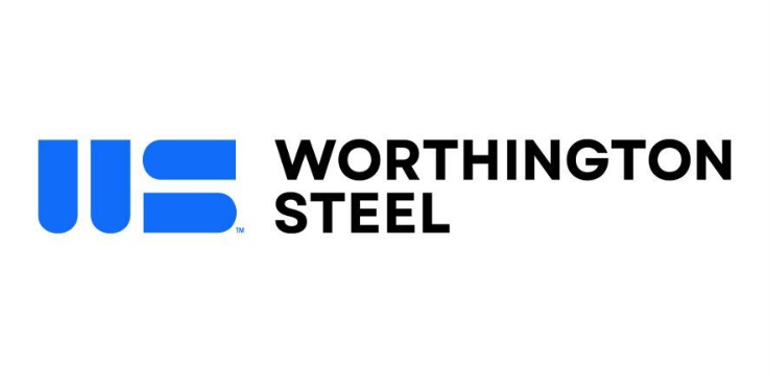
Worthington Steel fiscal Q4 profit rises despite sales drop
Worthington Steel earnings rose while sales fell in its fiscal fourth quarter.
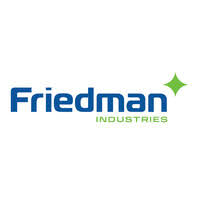
Friedman’s profits tick higher on record quarterly sales volumes
Friedman Industries' earnings increased in its fiscal fourth quarter ended March 31.

Worthington expands European presence with closing of Sitem deal
The Ohio-based steel processor is now the majority owner of Italy's Sitem Group, which has six manufacturing sites across Italy, Switzerland, Slovakia, and France.
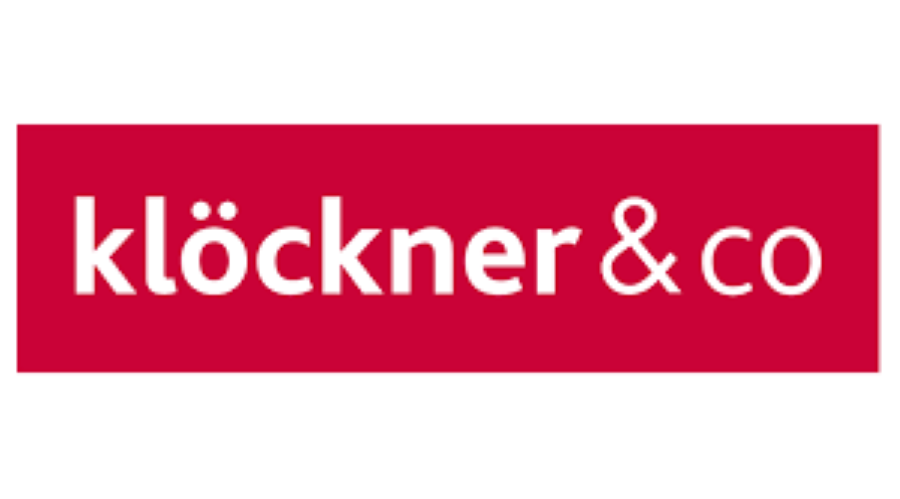
Klöckner narrows Q1 loss, targets growth in North America and Europe
Germany’s Klöckner & Co. reported a narrower loss in the first quarter as the company targets becoming the “leading” service center and metal processing firm in North America and Europe by 2030.
